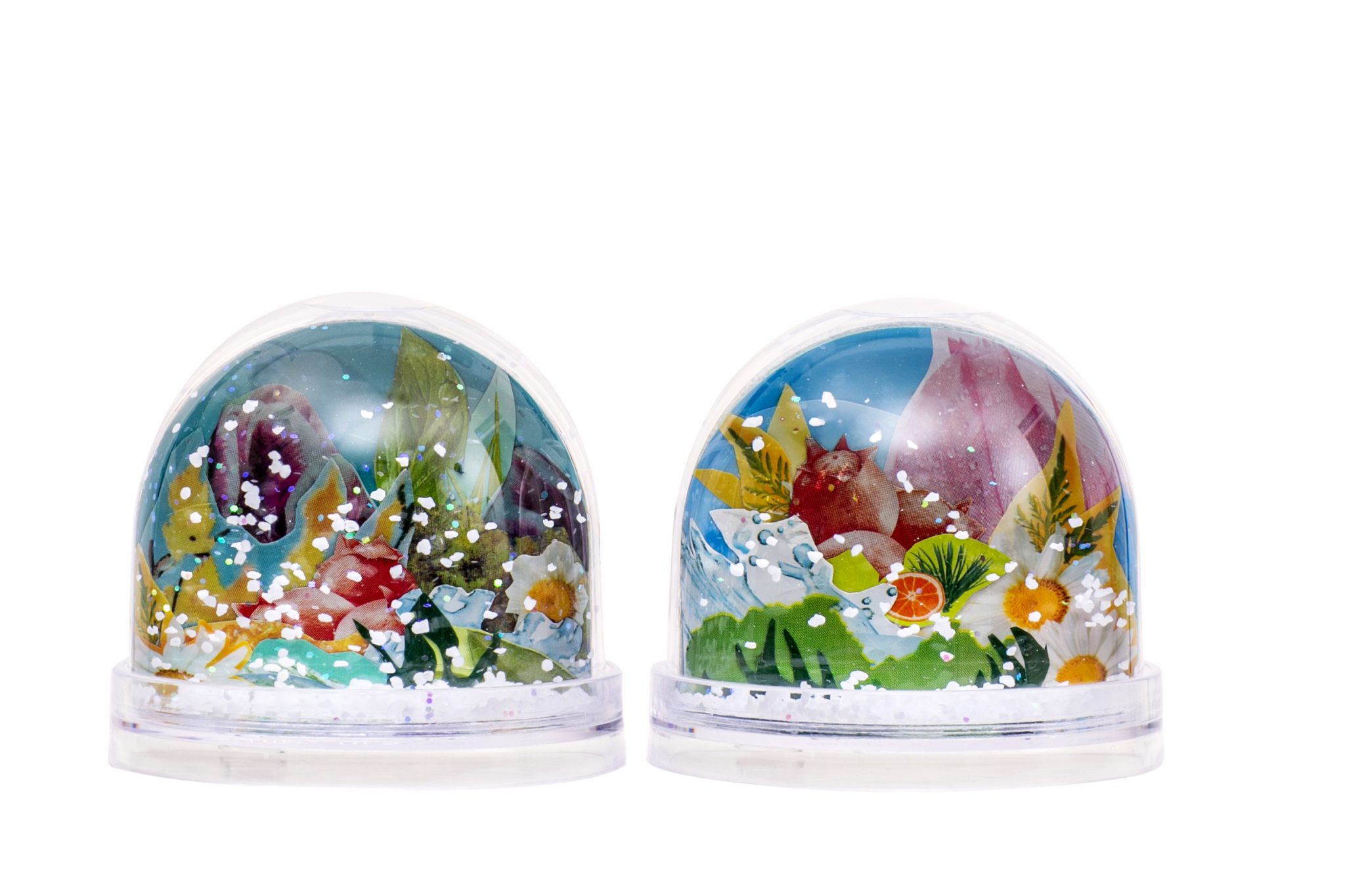
I am fascinated by nature, the variety of forms and species and equally I am concerned about how we handle them. I work through these themes in both two- and three-dimensional works.

I am fascinated by nature, the variety of forms and species and equally I am concerned about how we handle them. I work through these themes in both two- and three-dimensional works.
My work on the theme of #ZEROWASTE shows a dung beetle made of wire, partially covered with black bin bag foil and a large ball of packaging film. The beetle rolls the ball with his back legs standing on his head.
The dung beetle feeds on dung. He rolls large balls of it into his burrow as food for his offspring.
What will we leave behind for our children?


In my artistic work, in the sculptures, objects and installations, movement, change and transformation processes and the exploration of borders or of the interface, that is to say, that which is in-between, and its diffusion are the core themes. In the course of my intervention format developed in 2001 take part in art, I worked with companies and institutions at management level on issues of creativity, appreciation and value creation and on the consciousness for independent thinking and acting. Since 2012, I have also been looking at these issues as a lecturer at the Rheinisches FührungsColleg in Düsseldorf with the annual scholarship recipients. In the exhibition project #deineWürde [your dignity], which is a permanent set-up that changes and expands at the same time, I have been working since 2016 on the theme of dignity and its vulnerability through us humans using the means of the visual arts.
What are we doing to the Earth?
Our plastic waste is floating in the rivers and seas, is microscopically embedded alarmingly deep in soils, found in the snow far away from all civilisation, and is accumulating increasingly in flora and fauna, and ultimately in us humans. A supposedly high recycling rate turns out to be a half-truth or an outright disgrace when it’s shipped to Indonesia or who knows where else. So, what are we doing to the Earth with all this plastic nonsense? That seems to be what this person is asking himself. He sits there, shrink-wrapped in a shrink hood; just like to a classical sculpture, looking, thinking, challenging. And this piece of plastic in his right hand: Will it be pushed into his plastic cocoon or will he try to dispose of it? Is he a victim? Perpetrator? Both? He is The Sculpture.
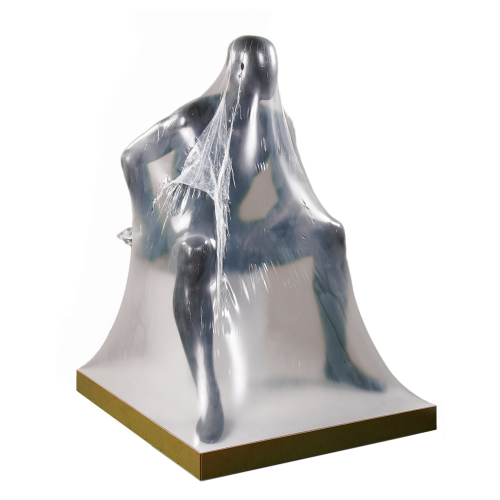

Upcycling is an important technique within the scope of my activities as an artist. The essential quality of my art is embodied by the collecting and rearranging of obsolete everyday objects that have gone out of fashion or have been unable to keep up with technical developments – so-called waste. I work with used objects which are by no means used up, including secondary packaging which, without its contents, has lost its original function and consequently its use, in order to fill them with new semantic connections which can then be introduced to a new context and, as a result, be given new meaning and tell a story – whether as object art, collage or large-scale room installation. I like to invite colleagues along or borrow items in my collection from friends.
At the heart of this work are plastic wrappers from paper tissues. If all the tissues have been removed, the packaging waste is left over. I have been collecting the wrappers for 15 years and have already created different objects from them. In this new edition, they are going on tour in old suitcases. By collecting things, I have made time visible. Time is one of our most valuable resources. Many of my collections grow over decades until they are transformed into an art process. That requires patience. We have forgotten how to practice patience; we’re used to getting everything immediately. It’s actually worth just sitting tight and then the opportunities will come to us. Then the things we were chasing perhaps take a different form than we would have expected, but we gain surprising new insights in the process.
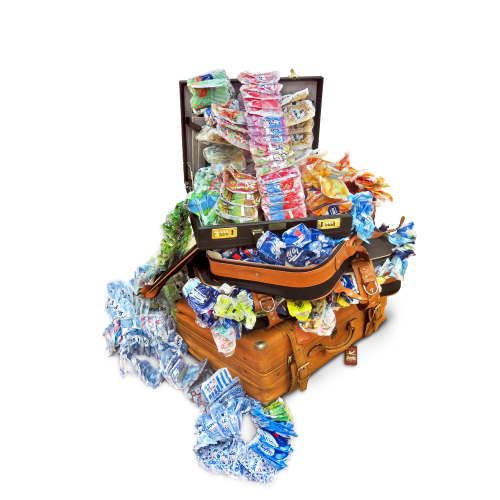
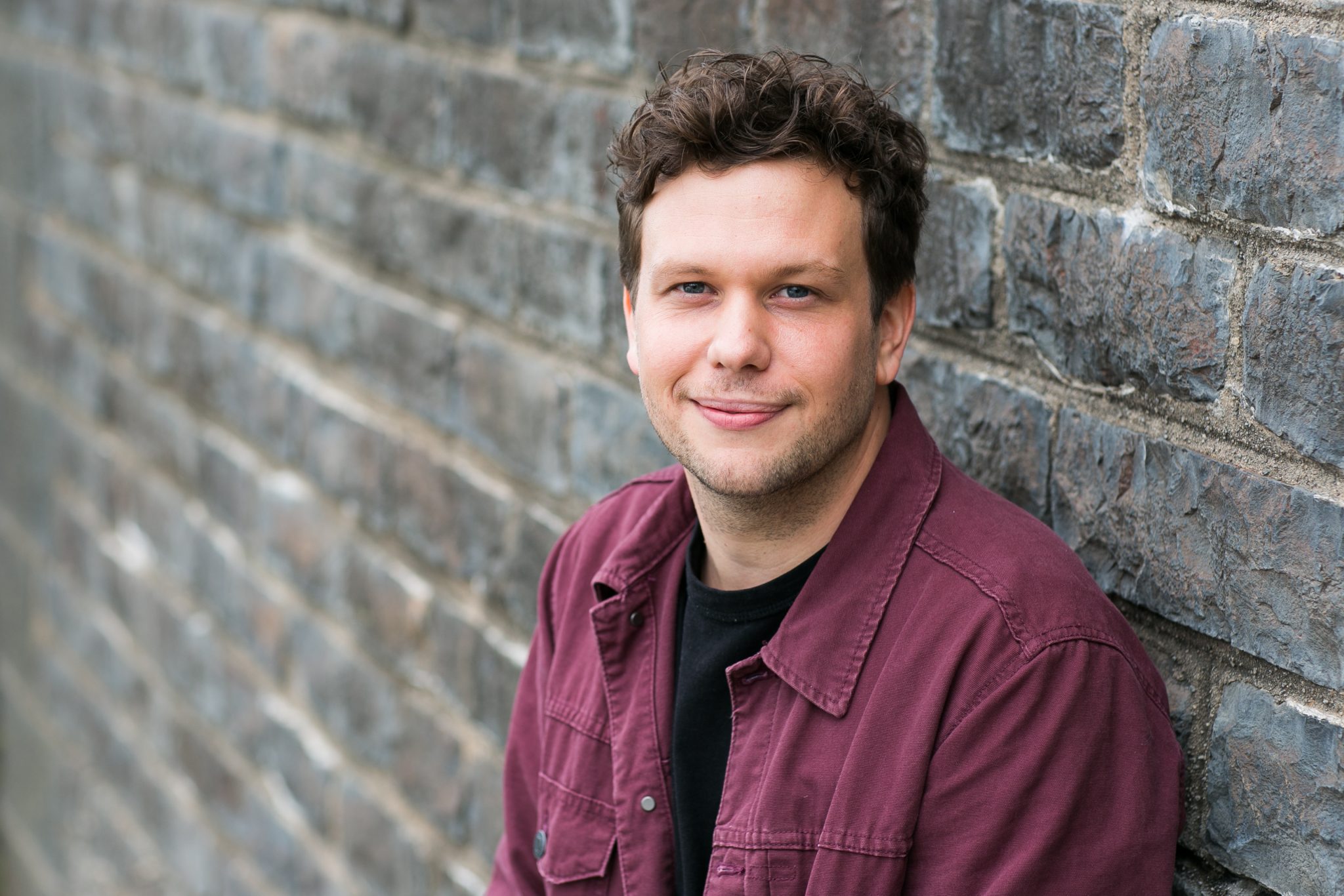
In my work as an artist I largely deal with representations and illustrations of human life situations and spaces. What really interests me about them are the moods and atmospheres that only allow conclusions to be drawn about our innermost being and about our civilisation upon close inspection. “Don’t throw it away – you can still do something with it”. To realise my creative ideas, I use things and materials that bring stories with them or with which I can tell stories.
Small comes from big, big comes from small. This changes the customary view and perspective of things. Often, what is actually a tragic miniature motif recalls a doll’s house and evokes playful, childishly naive ideal-world emotions. As a trained manufacturer of sign and light advertising I know exactly what effect advertising has. It is precisely this discrepancy in feelings that I want to show. In many of my objects, there are little bin bags which, in their individual form and suspected content, lead a human life of their own and very much create their own aesthetics.


Restless. Curious. Vibrant. These three words spring to mind when I think of German artist Claudia Lüke. Sometimes I get the impression that this artist never sleeps. She is always on the move, jetting around the world or scurrying through the city. And while travelling, Claudia Lüke soaks up images and visions and nature’s inspirations like a sponge. Her mind is continuously analysing and transforming the things she sees and encounters into works of art. Claudia Lüke’s work has always been a mirror of the world surrounding her: it can be seen as social sculpturing as well as a kind of topographic mapping of places and cultural settings she encounters. Claudia Lüke is a true art chameleon: always changing her subjects, always reinventing her artwork, and yet, she always stays true to herself and her art. Anne Bolsmann, Art critic
The cube is made from 100 percent plastic waste that six people collected in just under three weeks. A disillusion brought into form: Although each of those individuals considered themselves to be environmentally conscious when it came to plastic, they collected a hitherto unimaginable amount of plastic waste in simply satisfying their daily needs. From this store of material was born a colourful cube and a coloured gift box whose appearance borrows from the aesthetics of everyday plastic packaging. The opening of a side face provides access to a seat in the middle of the cube. The observer is invited to sit down and dive in; to accomplish a change of perspective from observing to putting yourself inside.

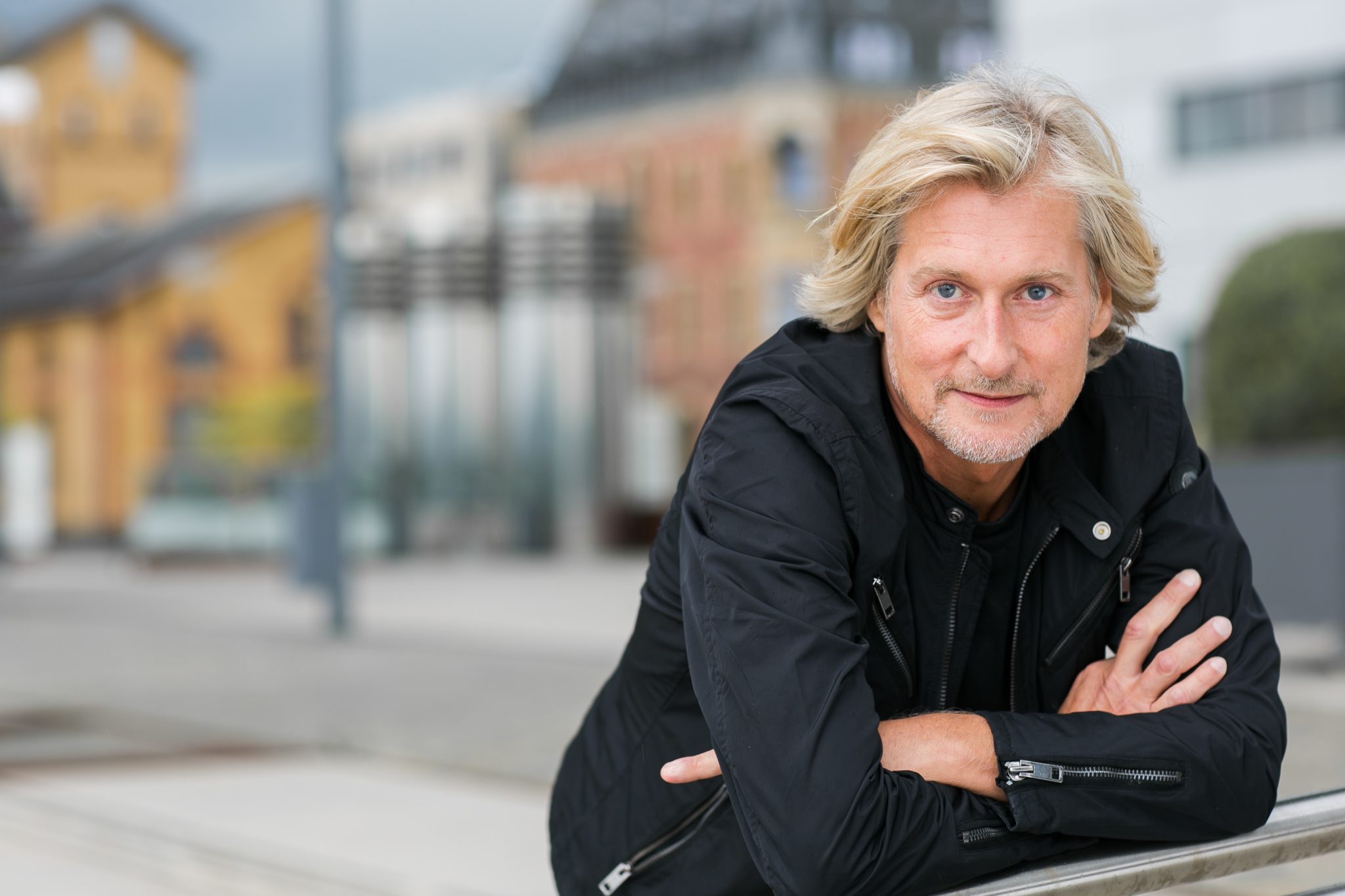
The autodidact Jens Mohr, born in Siegburg in 1971, has lived and worked predominantly in Bonn since 1997. His first works appeared in 1990. He creates his scurrilous and humorous artwork from everyday objects and things that he finds. Spontaneously and intuitively he gives rise to independent beings with expressive personalities.
“May I pee on your leg?” is the title of the work. It talks directly to the observer and points out that our fellow beings are inevitably confronted with our legacies.
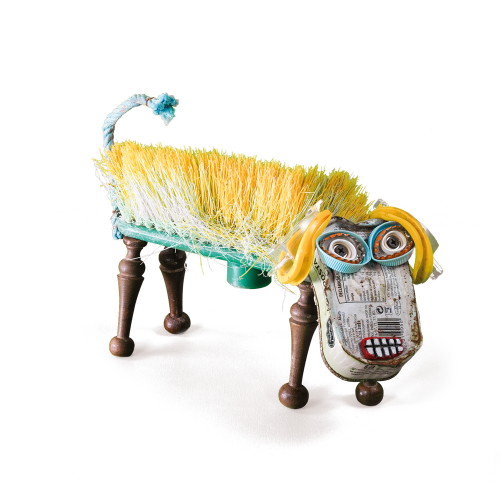

Jutta Vollmer lives in Cologne and has been working for 25 years as an artist in the Cologne-based graphics workshop where she has devoted herself to graphic reproduction. This technique opens up this technically versatile field to her so that she can realise visual ideas.
Graphic reproduction takes place serially: Printing plates come into contact with the paper at different stages and in variations. Jutta Vollmer has taken up this serial character as a theme. At the same time, she specifically considers the aspect of sustainability. Her work materials, both the paper and the printing blocks, are often things that come from completely different areas of use.
Experimenting with material that has been taken out of its daily cycle opens up new ways of expression and demonstrates new value. For Jutta Vollmer this is “upcycling in art”.
The beauty of packaging banished to hand-made paper shows the absurdity of it all: Valuable materials created solely for an instant of transport and presentation. The moment they are separated from the product – the unpacking – they become worthless because they are released from their raison d’être. Removed from the lifecycle, between a sense of existence and an end of existence, the packaging displays its very own beauty. The visualisation of this waste of materials, this immeasurable excess in which we live and through which we present future generations with unforeseen problems, shows the origin of our shame – the shame which can mark a turning point towards a responsible life.

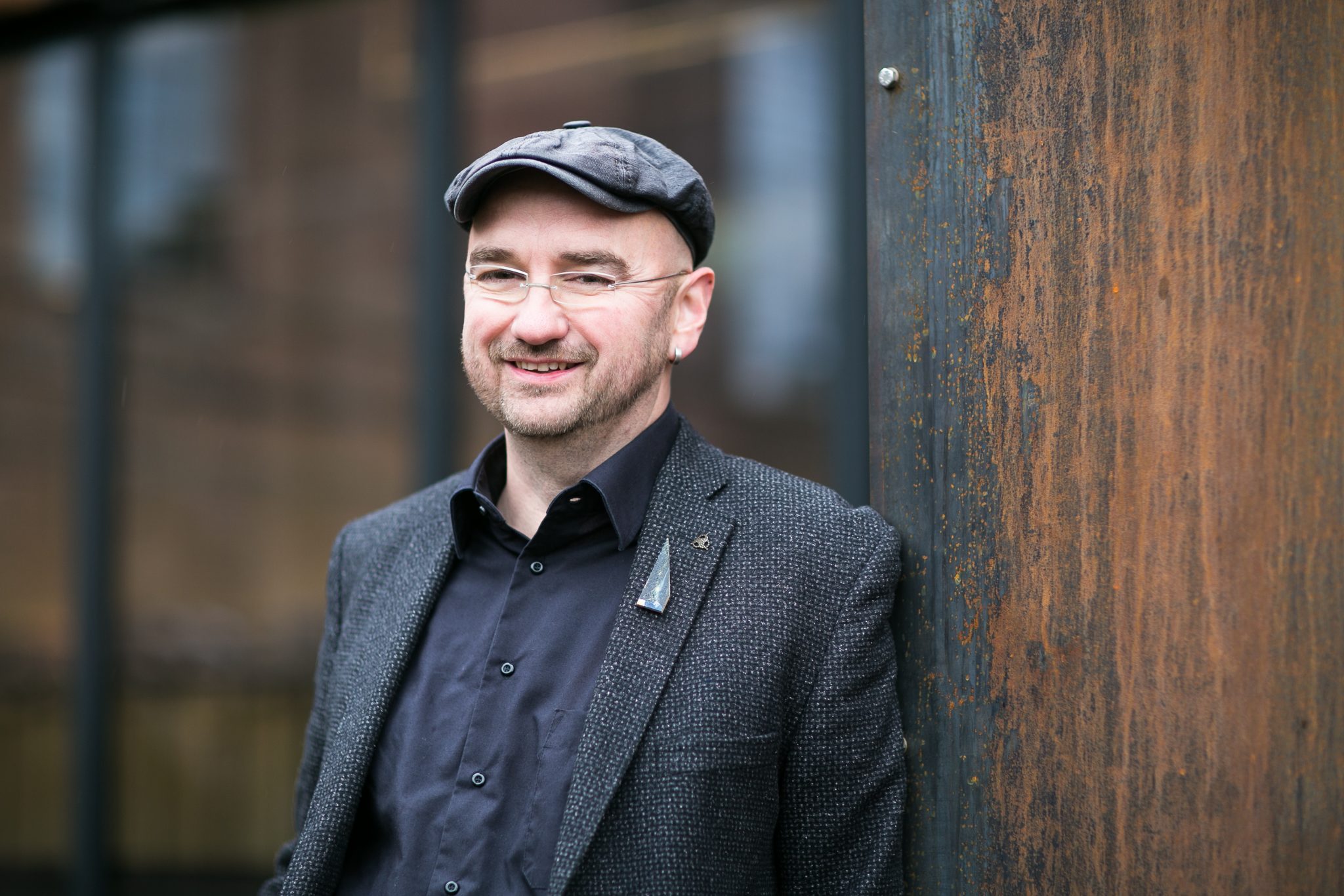
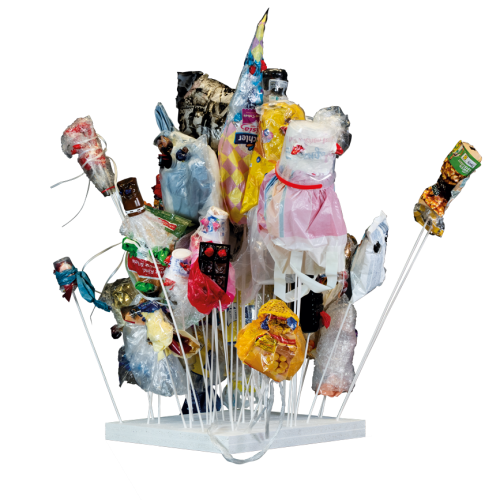

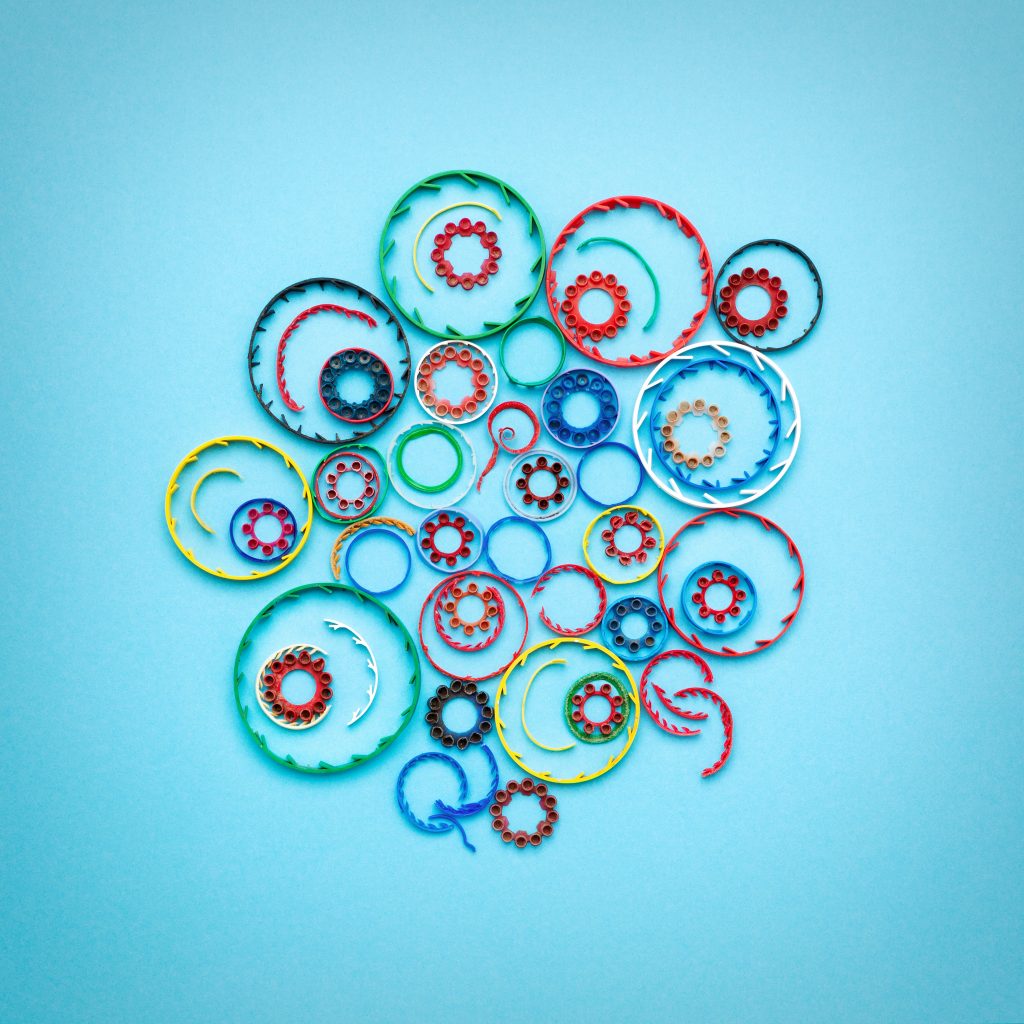
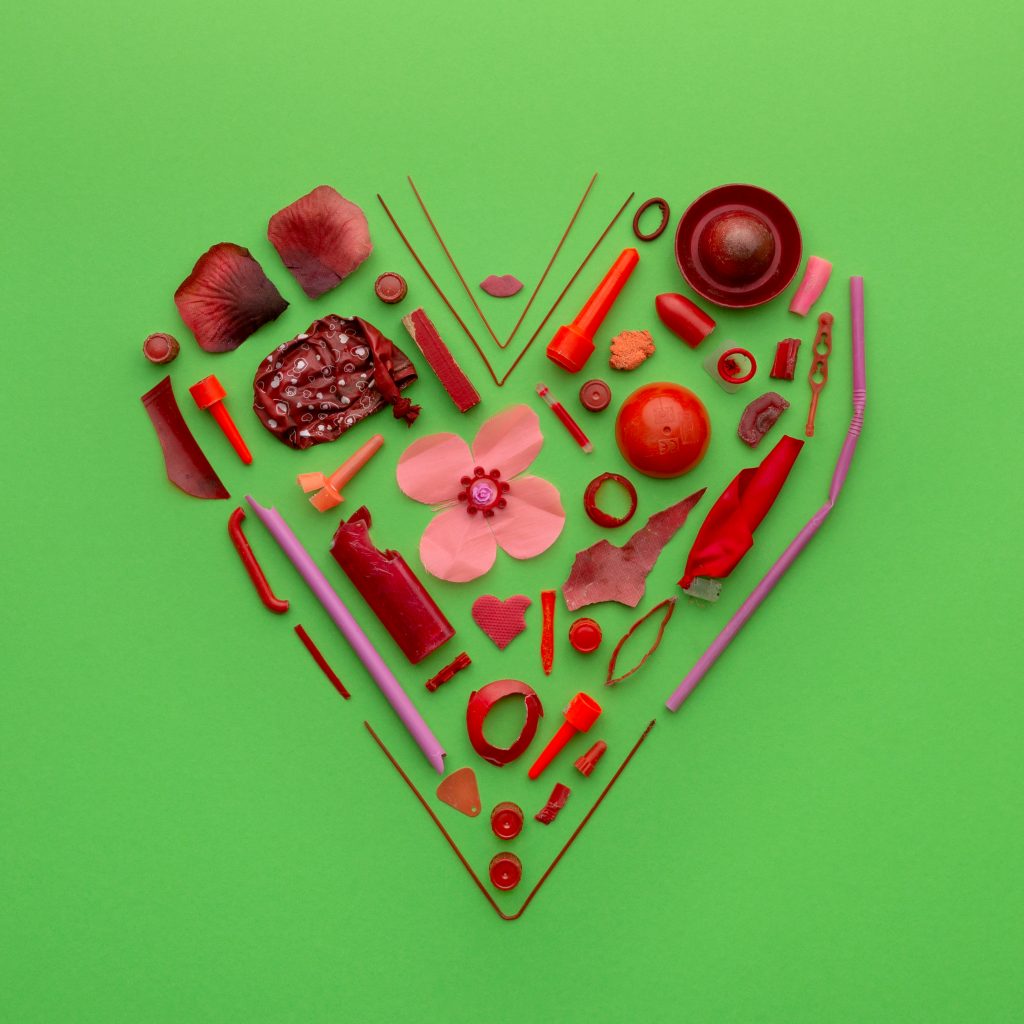
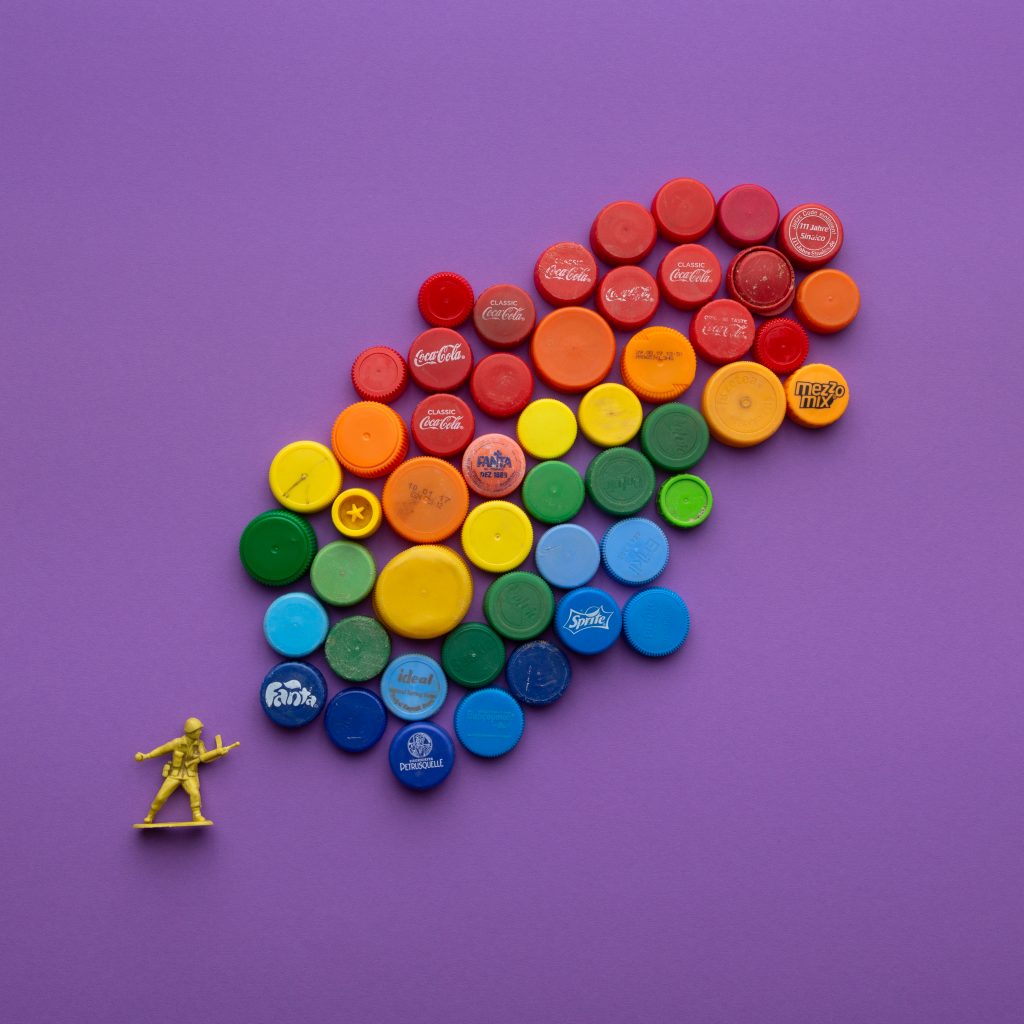
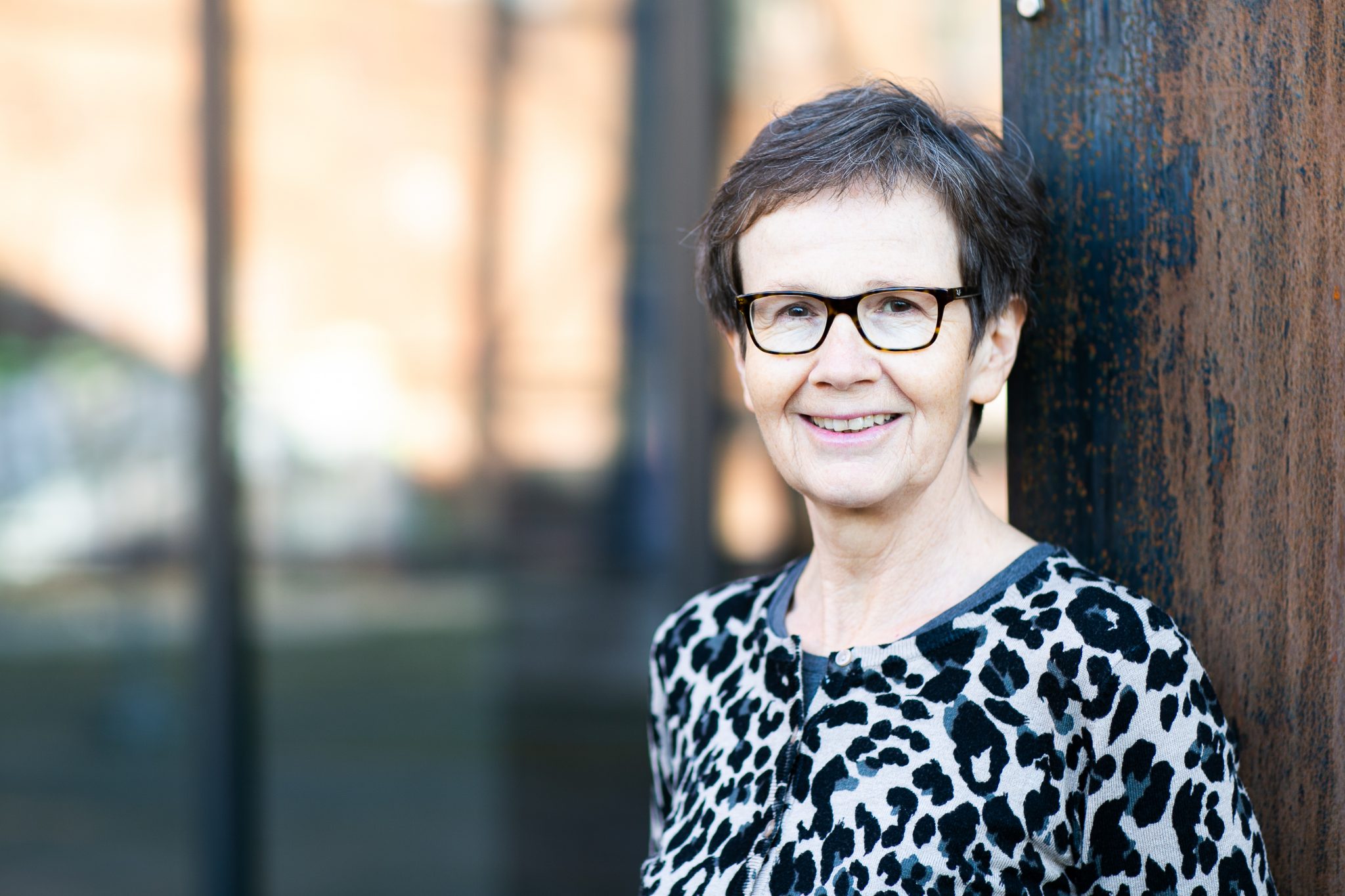
I completed an apprenticeship as a draughtswoman and graduated in product design. Since the ‘90s, my professional focus has been freelance artistic work. I live and work in Nottuln. I am actively involved on the board of the KünstlerinnenForum MünsterLand e.V. network and in directing publically funded art projects. Since 2007 I have been active as a founding member of the Produzentengalerie SO-66 in Münster. My artistic focuses are drawing techniques and creating objects in various designs and formats. With regard to content, I reflect on questions of the present as well as environmental topics such as the loss of biodiversity locally and the build up of rubbish in the oceans. I like to use the aesthetics of packaging materials and give expensively produced disposable things a new life in art.
As precious and glittery as they may seem, snow globes are potentially plastic rubbish. At first glance, these two appear to show a pretty, colourful fantasy garden in front of a radiant blue sky. But a closer look reveals plastic rubbish, the packaging left over from shopping at the drug store. Countless articles promise complete cleanliness and care for our bodies and homes. We buyers go along with this all too keenly. But in doing so, we deliberately ignore the “dirty”, negative aspects of the consumerism of cleanliness which is endangering the future of our planet. If the snow globes are shaken, a veil of glitter gently covers the scene. As consumers we allow the deceptive glitter-veil of “boundless consumerism with no regrets” to befuddle our capacity to decide how to buy rationally.
